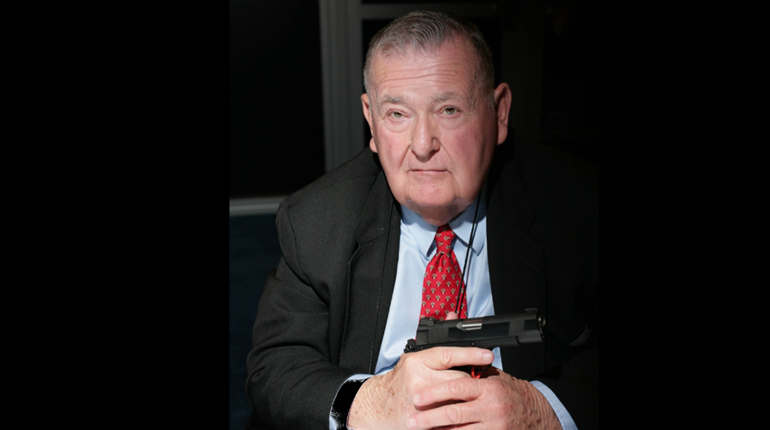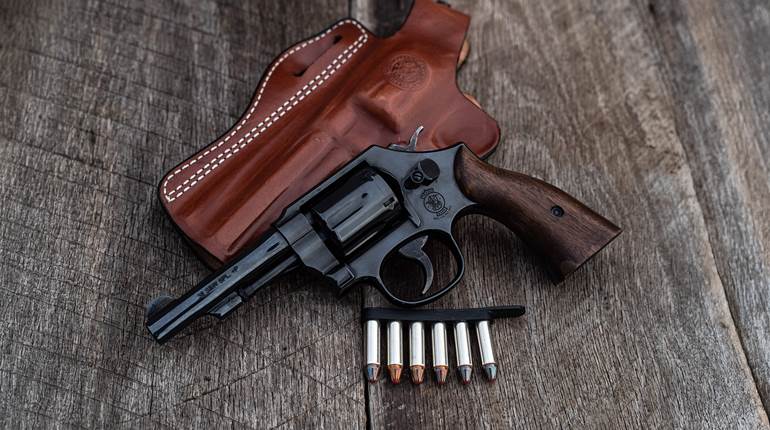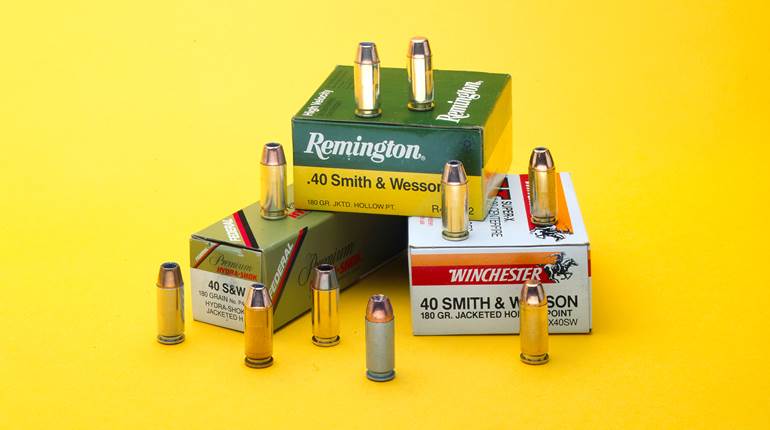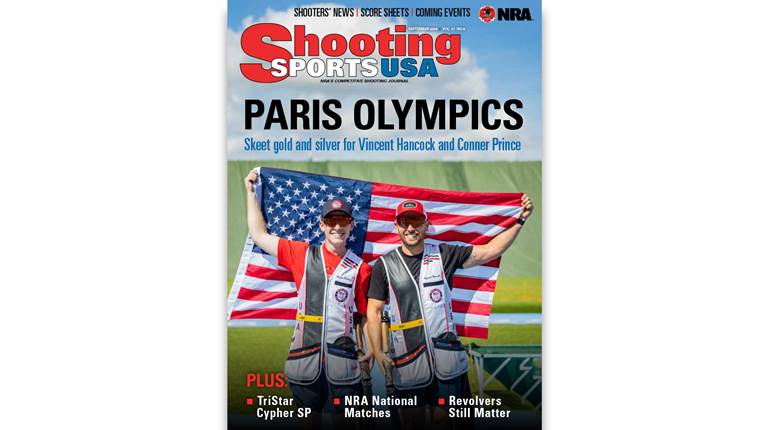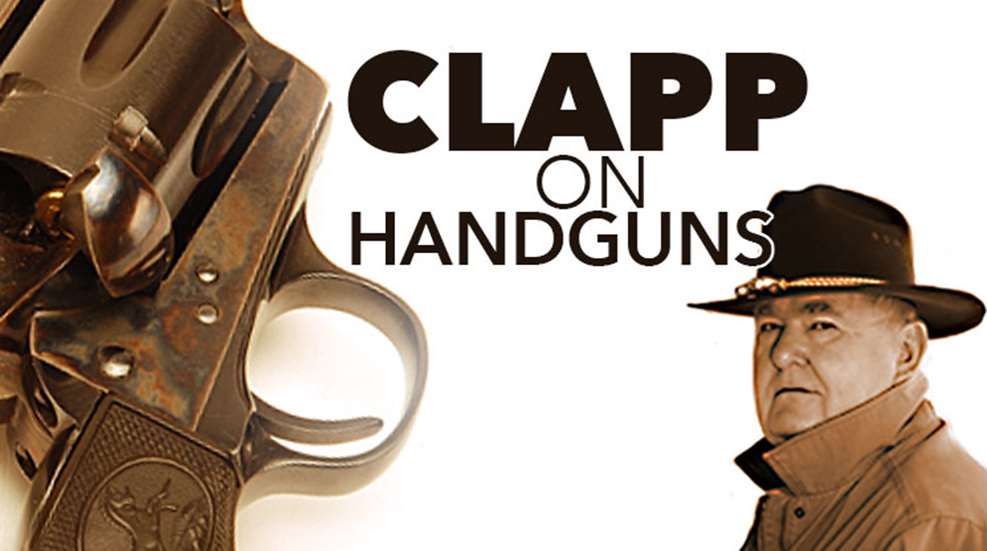
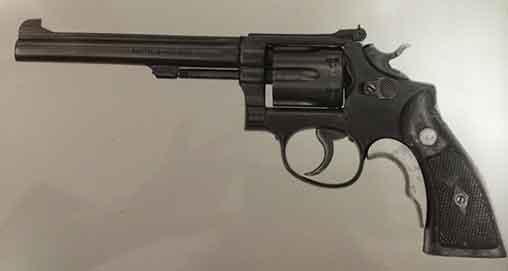 People who work in the gun industry get to be downright snobbish about their level of knowledge. They tend to forget that most of the stuff that they take for granted came as a result of working around some particular aspect of the business. I am no different than anyone else who has been working in the writing side of the business for almost 30 years, but I have had several recent incidents that tell me that I need to look at things differently. I was at the GSC (Gun Store Counter—new abbreviation) last week and looking at a nice Smith & Wesson K-22 Target. A younger man was also admiring the revolver as I observed: “…really nice old K-frame.” Quite innocently, he replied: “What’s a K-frame?” To me, everybody knows what a K-frame is, but this gentlemen did not.
People who work in the gun industry get to be downright snobbish about their level of knowledge. They tend to forget that most of the stuff that they take for granted came as a result of working around some particular aspect of the business. I am no different than anyone else who has been working in the writing side of the business for almost 30 years, but I have had several recent incidents that tell me that I need to look at things differently. I was at the GSC (Gun Store Counter—new abbreviation) last week and looking at a nice Smith & Wesson K-22 Target. A younger man was also admiring the revolver as I observed: “…really nice old K-frame.” Quite innocently, he replied: “What’s a K-frame?” To me, everybody knows what a K-frame is, but this gentlemen did not.
The reference to lettered frames is usually S&W terminology for various sizes of the Hand Ejector series of revolvers. I say “usually” because the gunmakers over in Hartford, Conn., also used letters to designate frame sizes and an "I" frame Colt is much different than an I-frame S&W. I’ll handle the Colts in a future installment so let’s start with the I-frame S&W. The company was around 40 years old when it introduced the first solid frame, DA/SA trigger, swing-out cylinder revolver for small-to-medium cartridges and called it an "I" frame gun. That was 1896 and the basic structural and operational concept is not materially different than the guns made today. Within just a few years (1899), Smith scaled up the I-frame to create a slightly larger gun capable of taking the new .38 S&W Special cartridge. It was called the "K" frame and I am betting that more S&W Hand Ejector revolvers used the K-frame than any other. It was the basis for everything from the M&P revolver to the Combat Magnum.
Next in order was the tiny little "M" frame of 1902, a .22 rimfire that collectors called the LadySmith. Compare it to a K-frame and the family resemblance is immediately obvious. It was equally apparent in the much larger .44 Hand Ejector, built for new .44 Special cartridge of 1908 and used for the .44 Magnum of a half century later. These guns were called "N" frames. While the M-frame did not persist in production, the I-, K- and N-frames did. They survived until after WWII. At that time (1950), the company made a big change to the I-frame and called the longer, stronger result a J-frame. In short order, the slick little I frame disappeared and the J-frame in several forms—Bodyguard, Chiefs Special and Centennial—became the standard five-shot hideout. It was also in the 50s that the K-frame blossomed into several new models. When .357 Magnum ammo evolved beyond the capacity of the K-frame, the maker developed a larger frame called the L-frame. This became the standard medium frame. And in the 1990s, S&W got into the big hunting cartridge business with the .500 and .460 S&W Magnums. This necessitated a massive new Hand Ejector frame, which was dubbed the "X" frame. Since I know that some reader of the superb Supica and Nahas book on S&W will read in depth, I must also mention the experimental "C" frame, a never-produced small .38 Special that carried a six-shot cylinder.












